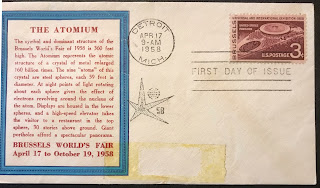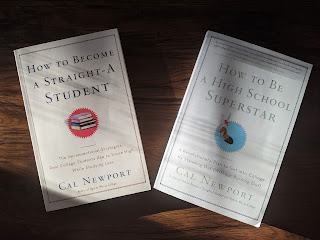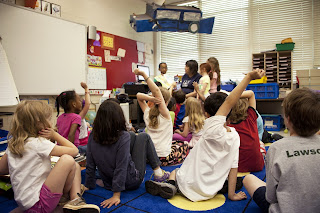Here are some interesting sites that I’ve found this week, thanks to my PLN. As a teacher, I feel we have to keep up to date concerning research in our field and current issues in the education system. I hope some of these inspire you, inform you, and even have you asking questions. Thank you for coming by and visiting!
Note: Each resource is labeled with a level and subject area to make it easier to use.
Levels: E: Elementary; M: Middle; H: High; G: General, all levels; SN: Special Needs; T: Teachers
Subject Areas: LA: Language Arts, English, Reading, Writing; M: Math; S: Science; Health; SS: Social Studies, Current Events; FA: Fine Arts; Music, Art, Drama; FL: Foreign Language; PE: Physical Ed; C: Career; A: All
Circly - “Circlyapp is an online organizer tool and collaboration platform for visual thinkers. Capture and organize your ideas, tasks, projects, leads, customers and work together with your team.”(L:G;SA:A)
Harvest Ceremony - “Native American people who first encountered the “pilgrims” at what is now Plymouth, Massachusetts play a major role in the imagination of American people today. Contemporary celebrations of the Thanksgiving holiday focus on the idea that the “first Thanksgiving” was a friendly gathering of two disparate groups—or even neighbors—who shared a meal and lived harmoniously. In actuality, the assembly of these people had much more to do with political alliances, diplomacy, and an effort at rarely achieved, temporary peaceful coexistence. Although Native American people have always given thanks for the world around them, the Thanksgiving celebrated today is more a combination of Puritan religious practices and the European festival called Harvest Home, which then grew to encompass Native foods.” (L:M, H;SA:SS)
Toys from Trash - making toys from trash (L:G;SA:A)
ArcGIS Living Atlas of the World - “Interactive maps make learning come alive in mainstream subjects—like environmental science, math, history, and literature—and beyond.”(L:G;SA:A)
Room Recess - is dedicated to providing children with free learning games that are fun. Our online games reinforce important skills that are vital to elementary students and their educational process. RoomRecess.com was developed entirely by an elementary school teacher with the goal of reinforcing fundamental learning concepts in math, reading, spelling, language arts, typing, and problem solving. Because our learning games are free, students do not have to sign up or hold an account with us. Children can simply load up an activity and have fun learning online while they play! (L:E;SA:M,LA)
Original photo by Pat Hensley

























